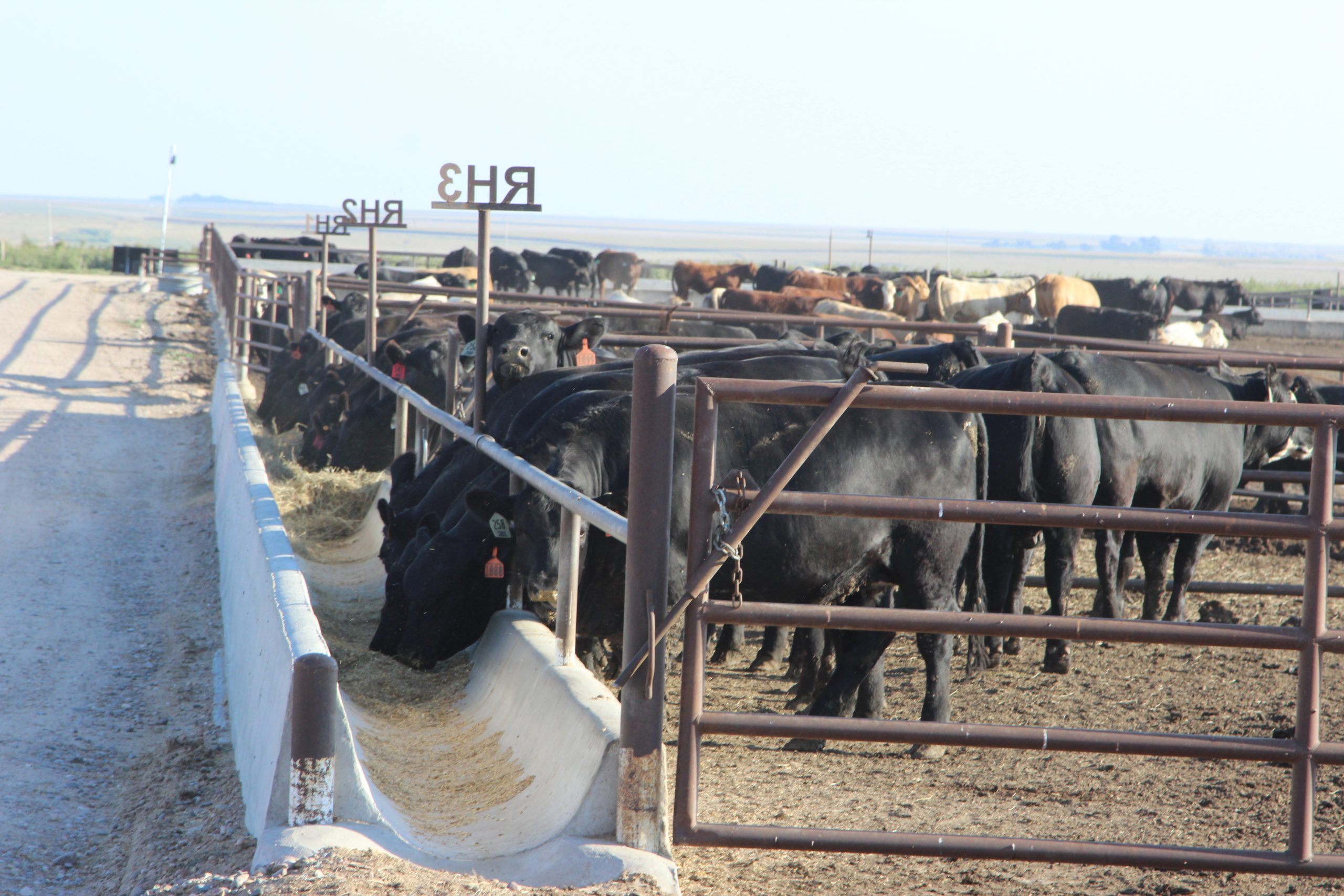Cattle on feed shows increase in slaughter market

The latest cattle on feed report indicated the number of cattle and calves on feed headed for the slaughter market in the United States for feedlots with capacity of 1,000 or more head totaled 11.2 million head on Sept. 1, which was an increase of 1% above Sept. 1, 2023.
The numbers were released Sept. 20 by the U.S. Department of Agriculture’s National Agricultural Statistics Service. Cattle on feed are steers and heifers being fed a ration of grain, silage, hay and/or protein supplements for processing market, and they are expected to produce a carcass that will grade Select or better. It excludes cattle being backgrounded only for later sale as feeders or later placement in another feedlot.
Placements in feedlots during August totaled 1.98 million head, 1% below 2023. Net placements were 1.92 million head.
Glynn Tonsor, a professor in the department of agricultural economics at Kansas State University, said there were no new surprises in the latest report, but he said changes could start to show later in the fall and winter.
“I expect to see us shift to a situation where inventories decline, consistent with lower feeder cattle availability,” Tonsor said.
He also does not see any aggregate heifer retention occurring yet, which would be a sign that the nation’s cowherd is starting to expand. Tonsor has previously said that he does not expect a rebound in the cowherd until later in 2025 at the earliest.
As ranchers look to 2025 in their marketing plans, he said they should note that tighter cattle supplies are a given by most analysts and fellow producers.
“The ability to sustain higher cattle prices and likely achieve higher prices hinges on beef demand being at least stable,” Tonsor said. “Signals around consumer confidence, general macroeconomic situation and details related to the state of beef demand are of elevated importance.”
During August, placements of cattle and calves weighing less than 600 pounds were 395,000 head, 600 to 699 pounds were 305,000 head, 700 to 799 pounds were 435,000 head, 800 to 899 pounds were 485,000 head, 900 to 999 pounds were 265,000 head, and 1,000 pounds or higher were 90,000 head. Placements are steers and heifers put into a feedlot, fed a ration that will produce a carcass that will grade Select or better and are intended for the processing market.
Texas, Nebraska and Kansas continue to lead the country in cattle on feed inventory with 2.75 million, 2.32 million and 2.27 million head, respectively. While Texas and Nebraska have stayed close to those levels, Kansas was at 95% of the previous year when on Sept. 1, 2023, the Sunflower State had 2.41 million head on feed.
“I don’t know if that is a significant change and would wait for a few more months of data to react more confidently,” Tonsor said.
Marketings of fed cattle during August totaled 1.82 million head, which was 4% below 2023. Marketings are steers and heifers shipped out of feedlots to a processing plant. Disappearance totaled 54,000 head, which was 2% below 2023. Disappearance includes death loss, movement from feedlots to pasture and shipments to other feedlots for further feeding.
Dave Bergmeier can be reached at 620-227-1822 or [email protected].



